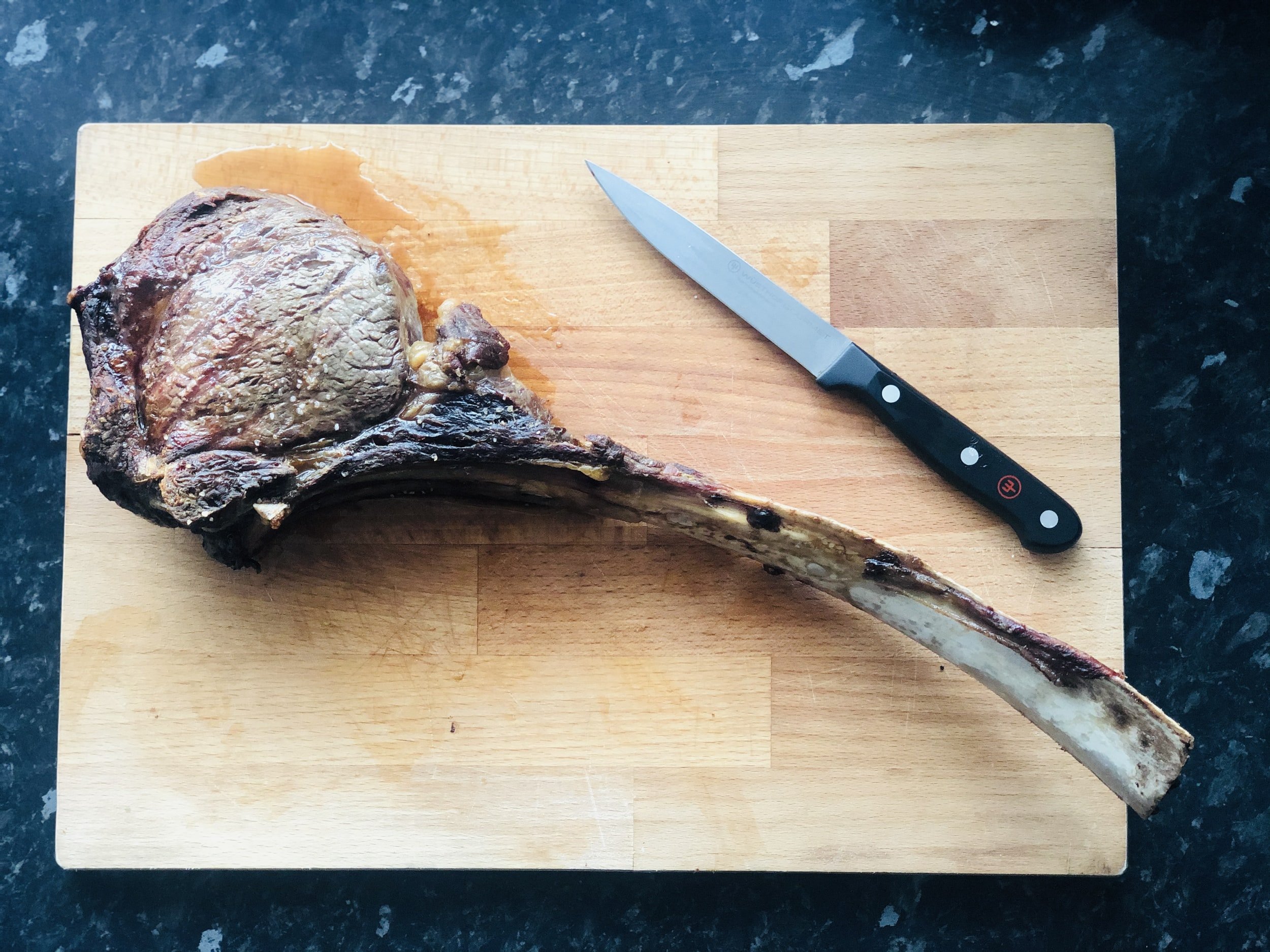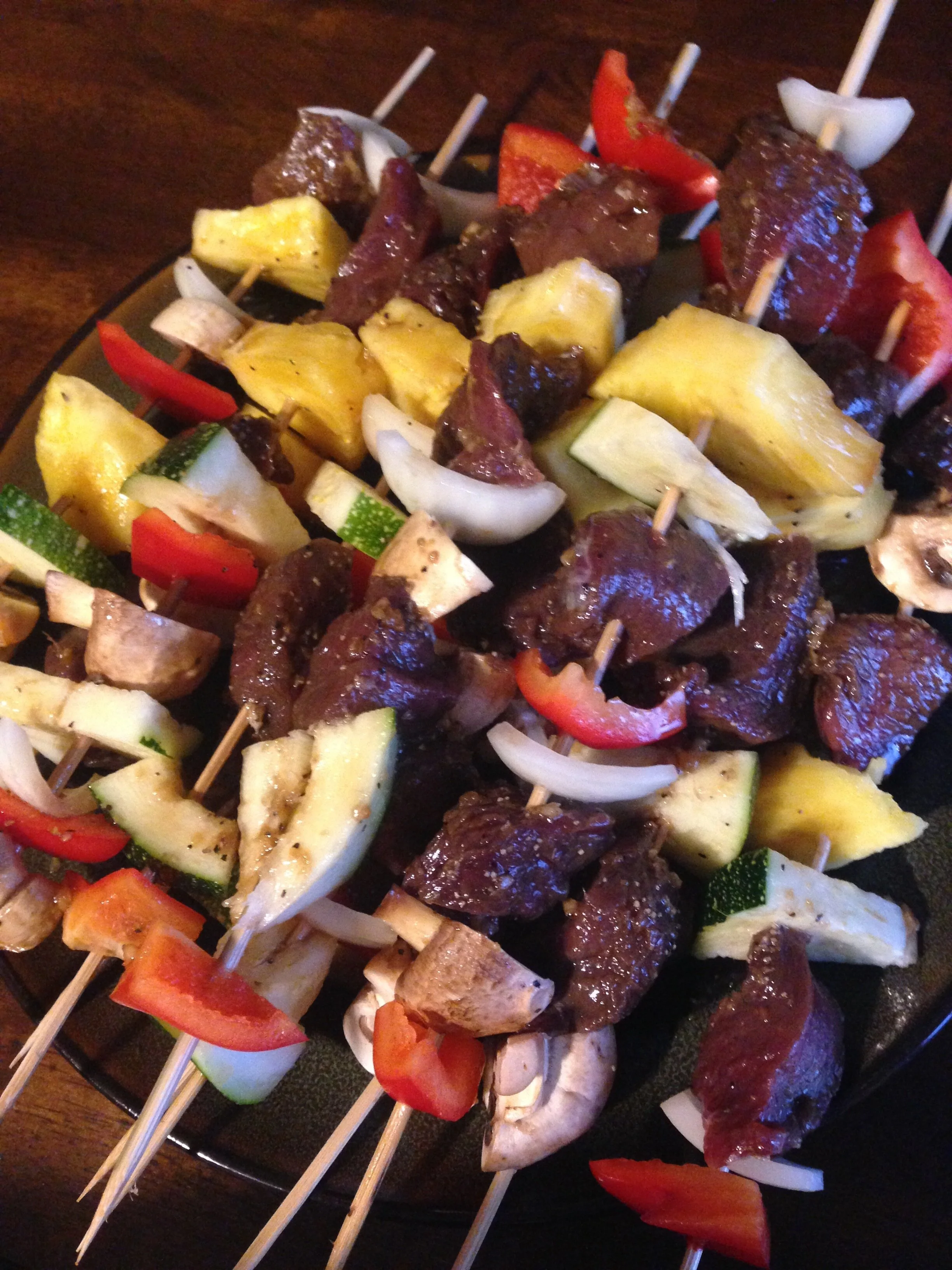Venison Tips for Newbies
If you’ve never cooked venison before, perhaps you’re excited, because you’ve heard that it’s pretty much like beef. On the other hand, maybe you’re a bit intimidated, because you’ve also heard that it can be tough and gamey.
As with most things in life, it is what you make it. With some practice and care, you can make venison absolutely delicious. The following tips may prove useful in your venison-cooking journey.
KNOW THY VENISON
The term venison comes from the Latin word venari, which means “to hunt.” Although venison usually means deer meat in most contexts, it can also describe the meat of any game animal. For purposes of this article, venison will refer to deer, elk, moose, and antelope meat.
Before you begin cooking, make sure you know exactly what kind of venison you’re dealing with. The first thing to consider is what the animal was feeding on. The saying “you are what you eat” really holds true for game animals, whose meat tends to be greatly influenced by their forage. For example, antelope that feasted on corn fields will end up tasting mild and sweet, whereas those that fed on sage brush and prairie roughage take on a stronger, sagey flavor.
Factors also worth considering are the animal’s age and when it was harvested. Generally speaking, the older the animal, the tougher the meat. If it’s a buck or bull shot during the rut, there’s a good chance that it will have a musky taste that some like to refer to as “gamey”. The meat of rutting bucks is also affected by bodily stress chemicals that get amped up when they run themselves to exhaustion in their quest to breed does.
What happens during the time between the shot and the freezer affects the meat’s quality, as well. A poorly placed shot draws out the time until an animal’s death and triggers a stress response similar to that of a rutting buck. Excess lactic acid is produced in the metabolic reaction, which ultimately lowers the pH and results in tainted meat.
A final element to consider when working with venison is aging—the process that occurs when muscle enzymes start breaking down the collagen. Some hunters swear that you should age your meat for at least ten days. Others say a just few days is sufficient. Those (like me) who have neither a walk-in cooler nor enough cooler space for wet-aging allow the weather to dictate how long an animal hangs. While aging does help tenderize the meat, especially in older animals, keep in mind that a lengthy aging process will result in some meat loss from all the crusty rind that forms.
Before we start butchering, my husband and I like to sample fresh tenderloin from our kill. It gives us an idea of what to expect for the rest of the meat as far as taste and toughness go, so that when we get around to cutting and wrapping, we know whether it’s going to be mostly steak or mostly burger and sausage. It also determines the winner of our annual Who-Shot-the-Tastier-Deer competition.
PREPPING VENISON
It’s always best to slowly thaw out venison in the refrigerator. Once it’s thawed, trim away any fat cartilage. Drain the juices and transfer to a clean dish if you’re not going to be cooking it right away.
Soaking strong-tasting cuts of meat in milk for a few hours before cooking can help tone down the muskiness. When done soaking, give it a quick rinse in cool water and pat dry or place in marinade. If making stew or kebabs, remember to cut the meat against the grain.
COOKING VENISON
Here are some best practices to observe when cooking with venison:
1. Familiarize yourself with the various cuts of meat and their ideal uses. A “butcher’s map” like this one is helpful.
2. Don’t overcook. If anything, err on the side of undercooking.
3. Tender cuts of venison, such as backstrap, are best seared or grilled.
4. Throw tougher cuts in the slow-cooker. Shank, neck, and front shoulder usually fall into this category. Jerky is another option for tough meat.
5. Remember that venison is very lean, and what fat it does contain is not very tasty. Using a little butter or pork fat in cooking can help enhance its flavor (but don’t go overboard). Add 10-20% fat for venison burger.
6. Avoid over-doing the spices and sauces. Don’t cover up its uniquely delicious flavor out of fear that it won’t taste good.
The most important rule of all? Have fun cooking that healthy, well-earned meat and take pride in sharing your bounty with others. After all, feasting on meat and memories makes hunting all the more worth it.








